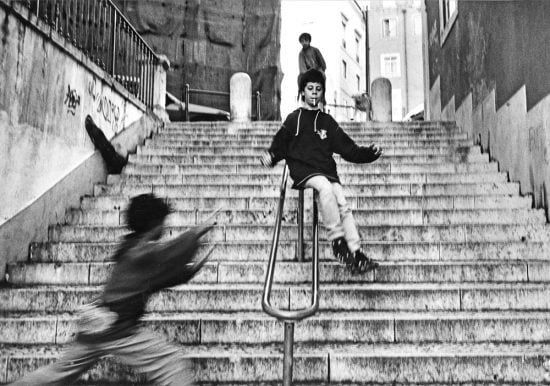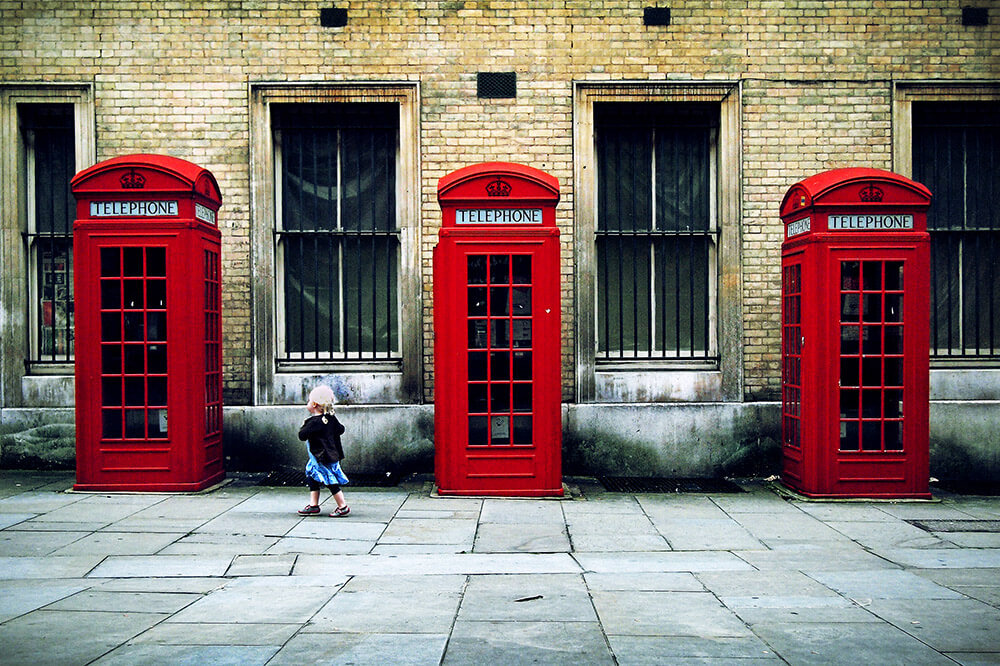Getting My Street Photographers To Work
Getting My Street Photographers To Work
Blog Article
Street Photographers for Dummies
Table of ContentsFascination About Street PhotographersStreet Photographers - An OverviewStreet Photographers for DummiesStreet Photographers Can Be Fun For EveryoneThe Best Strategy To Use For Street Photographers
, a genre of digital photography that records day-to-day life in a public place. The actual publicness of the setting makes it possible for the photographer to take candid pictures of unfamiliar people, typically without their understanding. Street photographers do not always have a social purpose in mind, yet they favor to isolate and catch minutes which might or else go unnoticed.He was influenced by several of those who influenced the road photographers of the 1950s and '60s, he was not primarily interested in capturing the spirit of the street., that worked side by side with digital photographers trying to record the essence of city life.

Provided the fine top quality of his photographs and the breadth of material, engineers and musicians typically bought Atget's prints to use as recommendation for their own job, though commercial interests were barely his main motivation. Instead, he was driven to picture every last residue of the Paris he enjoyed. The mingled interest and necessity of his mission shine through, resulting in photographs that narrate his own experience of the city, high qualities that prepared for road photography of the 20th century.
About Street Photographers
They disclose the city with his eyes. His job and essential understanding of digital photography as an art type served as ideas to generations of digital photographers that complied with. The future generation of road photographers, though they likely did not describe themselves therefore, was ushered in by the photojournalism of Hungarian-born photographer Andr Kertsz.
Unlike his peers, Brassa made use of a larger-format Voigtlnder cam with a longer direct exposure time, requiring him to be more calculated and thoughtful in his technique than he could have been if making use of a Leica. (It is assumed that he may not have had the ability to manage a Leica at that time, but he did, however, use one in the late 1950s to take colour pictures.) Brassa's photos of the Paris abyss brightened by artificial light were a discovery, and the collection of the collection that he released, (1933 ), was a significant success.
Cartier-Bresson was a champ of the Leica cam and among the first photographers to maximize its capabilities. The Leica enabled the professional photographer to connect with the surroundings and to record moments as they took place - Street Photographers. Its fairly little dimension additionally helped the professional photographer discolor right into the history, which was Cartier-Bresson's recommended approach
Examine This Report on Street Photographers
It is due to this essential understanding of the art of picture taking that he is frequently attributed with rediscovering the medium all over once more roughly a century since its invention. He took photos for greater than a half century and affected generations of professional photographers to trust their eye pop over to this site and instinct in the moment.
These are the questions I shall attempt to address: And afterwards I'll leave you with my very own definition of road photography. Yes, we do. Let's begin with specifying what an interpretation is: According to it is: "The act of defining, or of making something guaranteed, distinct, or clear".
No, definitely not. The term is both restricting and deceiving. Sounds like a road photography need to be images of a streets right?! And all road professional photographers, besides a handful of outright novices, will completely appreciate that a road is not the crucial element to street digital photography, and really if it's an image of a road with perhaps a few monotonous people doing absolutely nothing of passion, that's not street digital photography that's a picture of a road.
He makes a valid factor don't you think? Nonetheless, while I agree with him I'm unsure "candid public photography" will catch on (although I do kind of like the term "candid digital photography") since "street photography" has actually been around for a long period of time, with many masters' names affixed to it, so I believe the term is here to stay.
How Street Photographers can Save You Time, Stress, and Money.
You can fire at the beach, at a festival, in a street, in a park, in a piazza, in a cafe, at a gallery or art gallery, in a metro terminal, at an event, on a bridge, under a bridge ...
Yes, I'm afraid we have no choice! Without regulations we can not have a meaning, and without a definition we do not have a category, more and without a genre we do not have anything to define what we do, and so we are stuck in a "policies interpretation style" loophole! - Street Photographers
See This Report about Street Photographers

Report this page